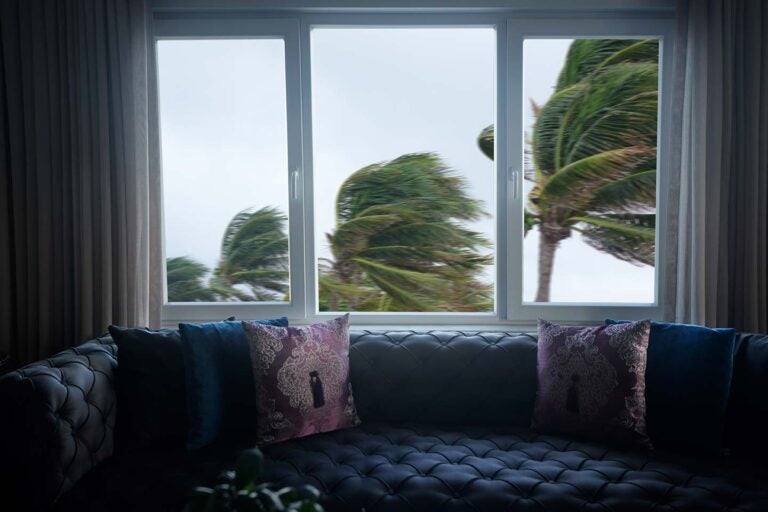In 2020, there were 22 weather and climate disasters across the United States that cost more than $1 billion each. According to NOAA’s National Centers for Environmental Information, the accumulated cost of these natural disasters was $95 billion in damages. These incidences included cyclones, severe storms, droughts, and wildfires. For homeowners, this can pose the question, what happens to someone with a reverse mortgage after a natural disaster damages or destroys the home?
The good news is that making an insurance claim doesn’t affect the terms of a reverse mortgage so long as you plan to rebuild or repair your home. However, you do have certain responsibilities according to the terms of your reverse mortgage.
The terms of a reverse mortgage require that a homeowner:
- Keep their home in good repair
- Live in the home
- Pay all additional fees the property is subject to including homeowner’s insurance, property taxes and, if applicable, homeowners’ association fees.
Get your free reverse mortgage information kit
Request Info
What Are Borrower Obligations of a Reverse Mortgage After a Natural Disaster?
Whether the home suffered damage due to a hurricane, tornado, wildfire, flood, severe storm, or any other disaster, the reverse mortgage homeowner should take the following steps to ensure they keep their loan in good standing despite the damage:
- File a claim with homeowner’s insurance as soon as possible. The insurance company may have a deadline for filing for that particular disaster.
- Notify the reverse mortgage lender of the damage to the home via certified mail. Include photos or videos of that damage.
- If the house is uninhabitable, send written notice to the lender via certified mail that you’ll move back in when it’s repaired. Include up-to-date contact information.
- Pay the property taxes on time. If you’ve taken a financial hit because of the disaster, then contact your local tax authority to ask about paying in installments or having penalties waived.
- Look into financial assistance through FEMA’s Disaster Assistance or call 800-621-3362 to see if you qualify for any assistance.
- Check with your state emergency management agency to see if they offer financial assistance.
Ensuring you have adequate insurance and the right kind of coverage for your area before a disaster strikes can prevent hardship and financial strain.
What Kind of Insurance Do I Need?
Homeowner’s insurance is one of the requirements of a reverse mortgage. Basic coverage required by the reverse mortgage lender usually protects your home from fire, wind, hail, lightning damage, explosions, and extremely cold weather. Homeowner’s insurance may not cover earthquakes, floods, tsunamis, or nuclear disasters. Don’t assume that a homeowner’s policy covers every type of natural disaster.
Read your policy or check with your insurance company to determine which disasters your policy excludes. You may need to purchase additional coverage to fully safeguard your home. You may also want to ask about guaranteed replacement coverage insurance. This protects your home no matter what it costs to rebuild.
What Kinds of Disasters Are Covered?
The Insurance Information Institute has created a guide detailing which types of insurance cover different disasters. This will help you understand insurance coverage, but you also need to know what types of natural disasters are more likely to occur where you live. The American Red Cross has created a map that shows which disasters your area is at risk of experiencing.
If you have a reverse mortgage, you already carry homeowner’s insurance, which can be a tremendous comfort after a natural disaster. Nevertheless, it’s wise to consult with an insurance specialist to ensure you have the right coverage before you need it.
Seniority is published by Finance of America Reverse LLC. The views expressed in this publication are those of the author alone and do not necessarily reflect the views and opinions of Finance of America Companies. This article is intended for general informational and educational purposes only and should not be construed as financial or tax advice. For more information about whether a reverse mortgage may be right for you, you should consult an independent financial advisor. For tax advice, please consult a tax professional.



